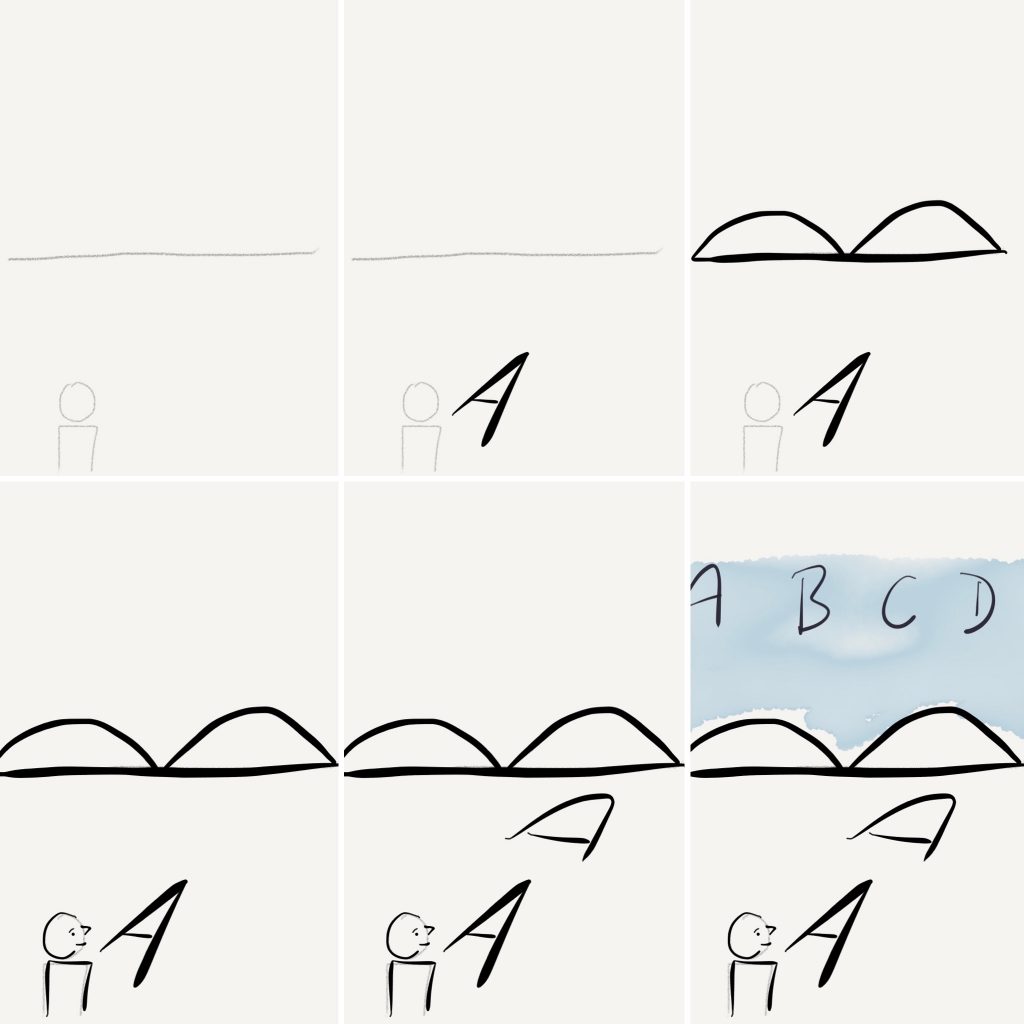
This ABCD of Wayfinding is based both on published professional research (the neuroscience of Wayfinding is extremely interesting and I can provide references to great researchers if you want) and my experiences of making and testing maps with a range of users.
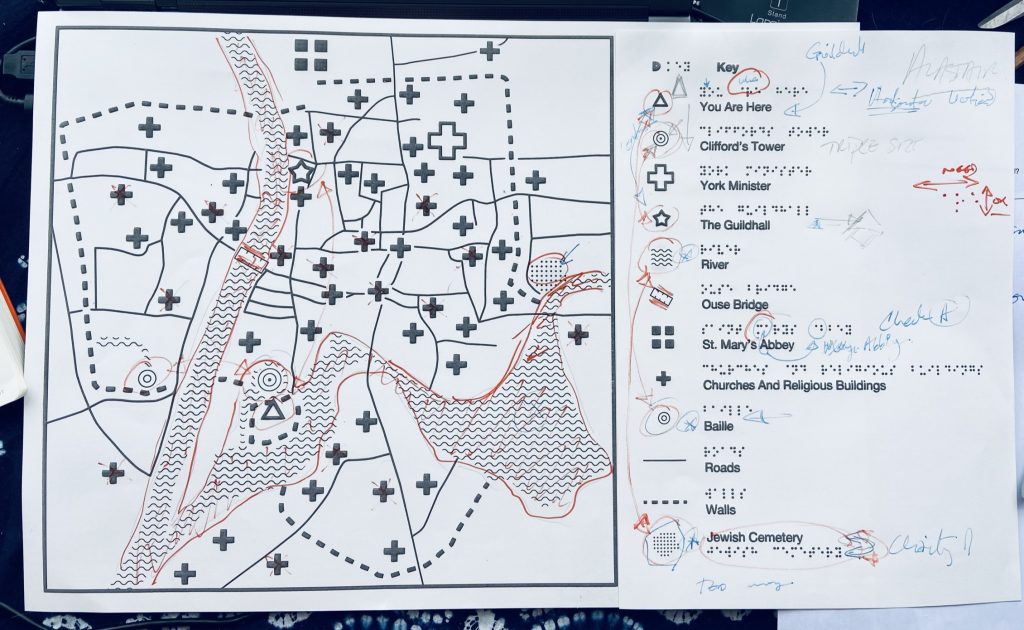
It is simply a way of thinking about some of the issues of helping guide people thru both physical and digital spaces. I do not particularly care about any differentiation between the two as I center any design upon the embodied person and their cognitive maps.
I am writing this post just to balance out wayfinding discussions that are system and technology biased to the modern ideal that we know the location of everyone and global position of everything. That may be true but it does not actually help people make the journeys they want with a sense of personal autonomy.
ABCD (to start)

This wayfinding methodology is based on how people encounter information and spaces to try and make meaning.
- A for Alignment
- B for Boundaries
- C for Centered
- D for Direction
Alignment
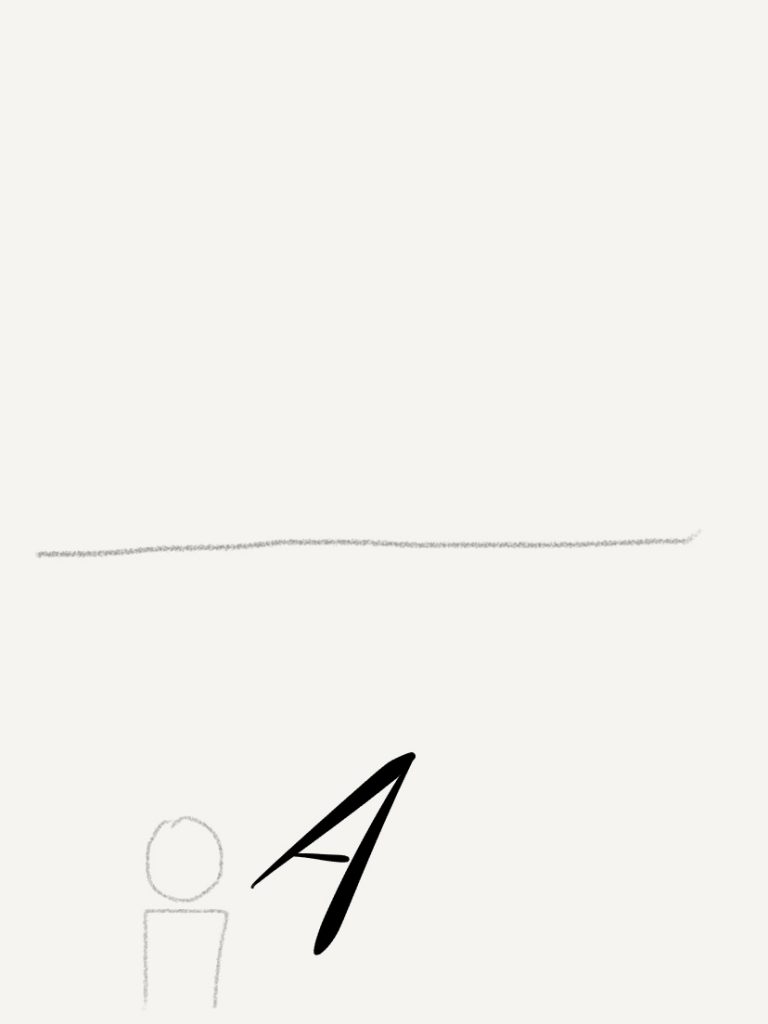
Alignment is about how a person senses what way they are pointing.
This is the fundamental idea of orientation in a space. If this goes wrong at the start then everything goes wrong thru the journey.
Think of coming out of an underground metro railway station. You step out the door and look around. This is the moment of alignment. All cognitive maps will be anchored to this sense of direction.
This can be confusing. For example, in London, people can find it hard when they try to match their senses of orientation (coming of out of underground stations) when they walk around more widely and discover other stations they have come out of. Each station is a node of personal alignment and each of their moments may be misaligned from each other.
Being clear about what way a person is pointing when they start out matters. Even if it’s just an arrow pointing North. It allows alignments to match up: both within an individual and between groups of people.
Boundaries
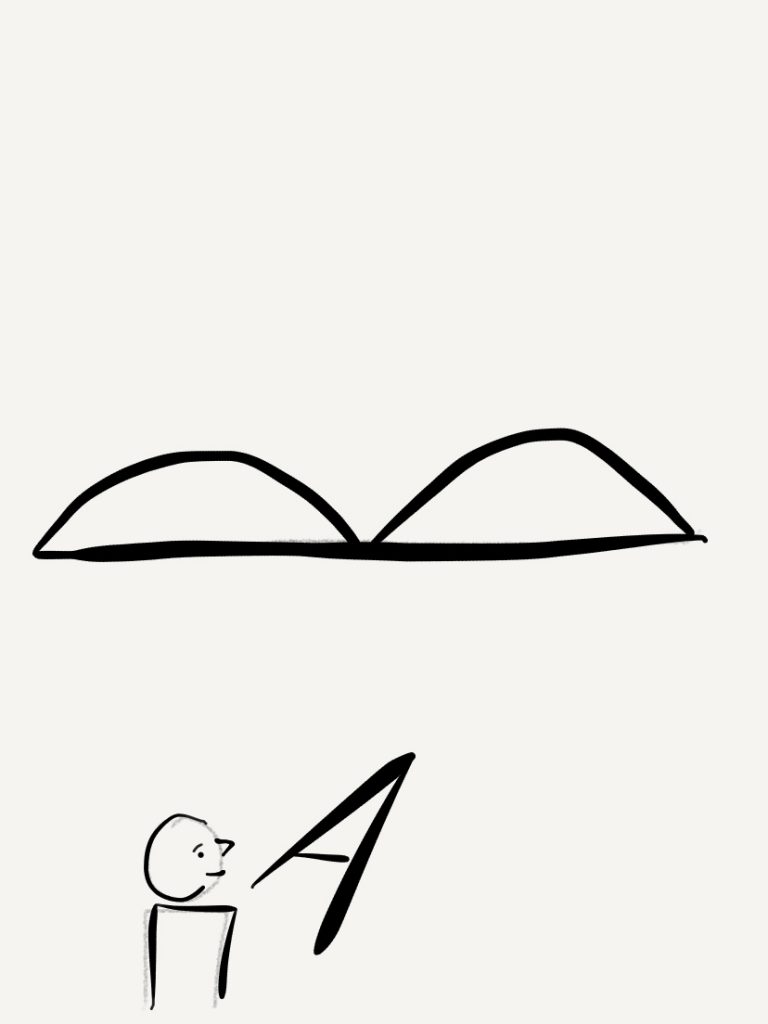
People seek boundaries. This is noticeable when they get lost. As noted in Wayfinding by Simon Bond, lost people are found at edges (fences, beaches, mountain sides).
This boundary seeking behaviour (like the alignment one) is part of several cognitive systems for wayfinding that people have.
Boundaries provide a place for the cognitive map to be built in. Without boundaries, things become infinite and we get lost in searching (Doomscrolling on Twitter also comes to mind here: endless paging without end, lost in depressing updates and news).
Boundaries are fundamental to maps we make. We need to show people the edges of the space they are about to learn about and enter.
Centered
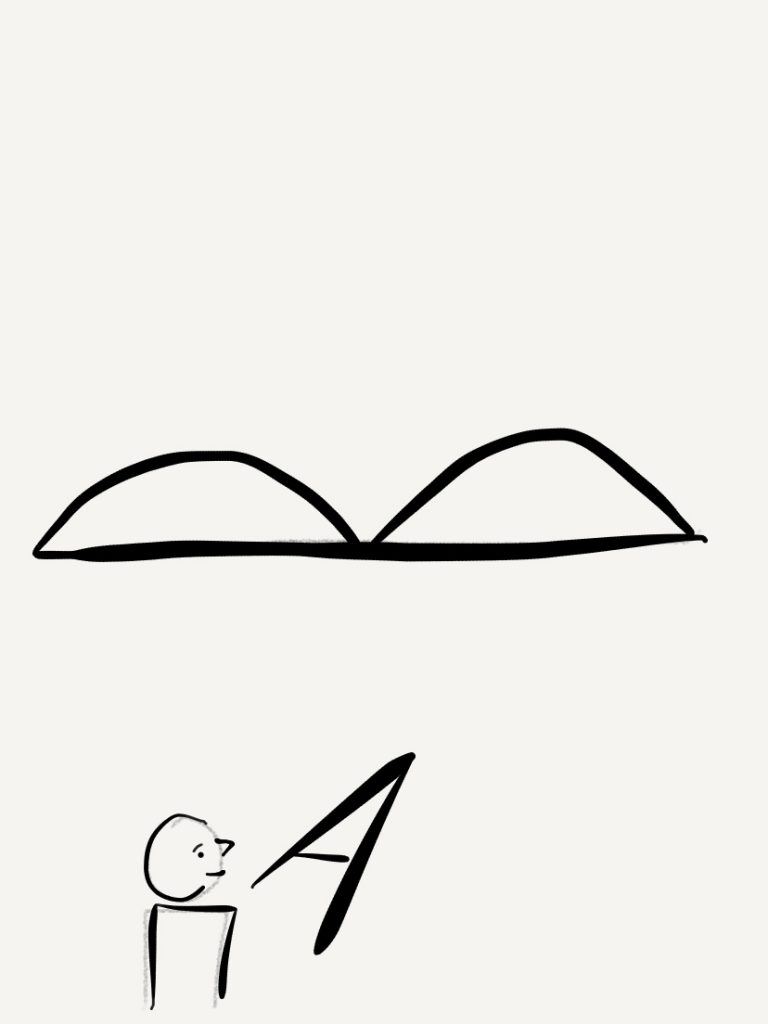
Being Centered in embodied human experience of wayfinding is important because people shift their sense of being as they move from observing a map of a space to actively moving thru that space with a map.
These are two sense of wayfinding and they are different. Outside of a map or before starting a journey uses senses of being that uses orientation and boundaries to build a cognitive map to help understand how to route yourself and anticipate what to be aware of and what to pay attention to as wayfinding points.
Things shift slightly when in a journey. Grid cells activate to judge your embodied position within the space. The grids operate at multiple scales as they need to offer bother ultra personal (very close to you) and peri personal (around you and people near you) understanding of where you are and what is around you.
Centering wayfinding to the person means understanding that people shift maps as they stand at thresholds to new spaces and move across them. This experience of spaces is cognitive and physical and can be transcendent (a topic for another day).
Direction
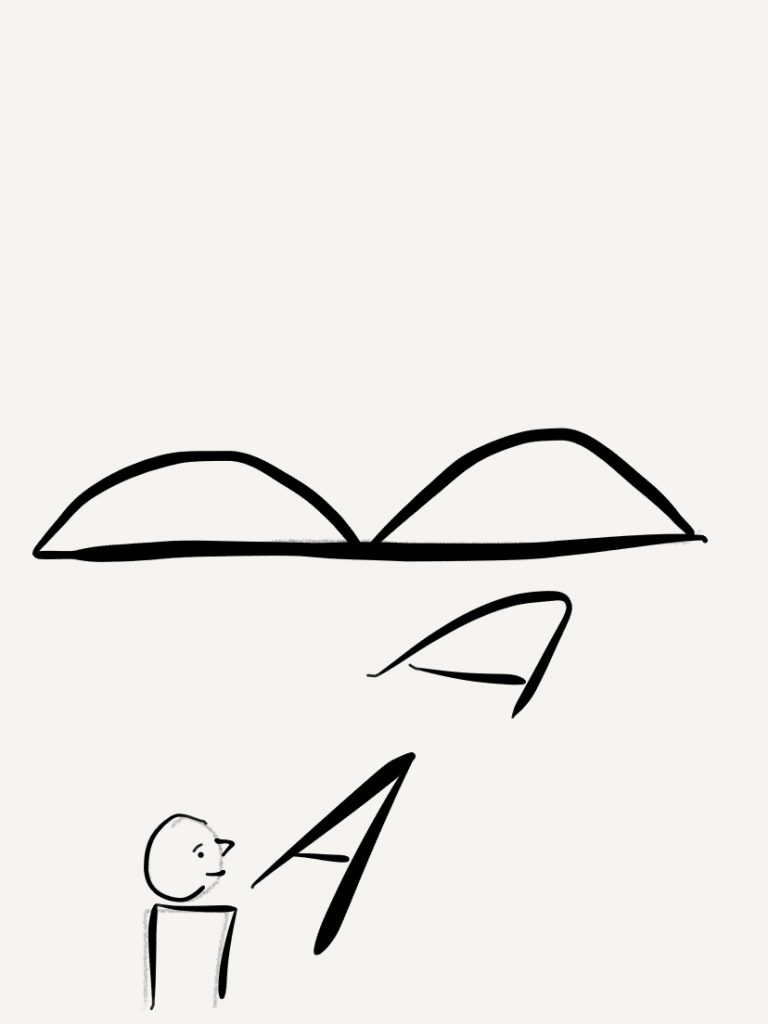
Direction is often thought of as the primary part of wayfinding. Both in the classic idea of “Getting from A to B” and in the casual instructions we give to strangers “go to the corner, turn left, walk for 5 minutes and it’s on your right”.
It is important. People decide to make journeys from where they are to where they intend to be. We choose to leave Home and go somewhere.
However, Direction is the last part of this ABCD simply because it is so often thought of first. However, the choice to make a journey and the ways of understanding wayfinding are different. The D may define the desire to travel but the ABC define how the maps and signs are built into a coherent cognitive map for and of the journey.
ABCD (to end)
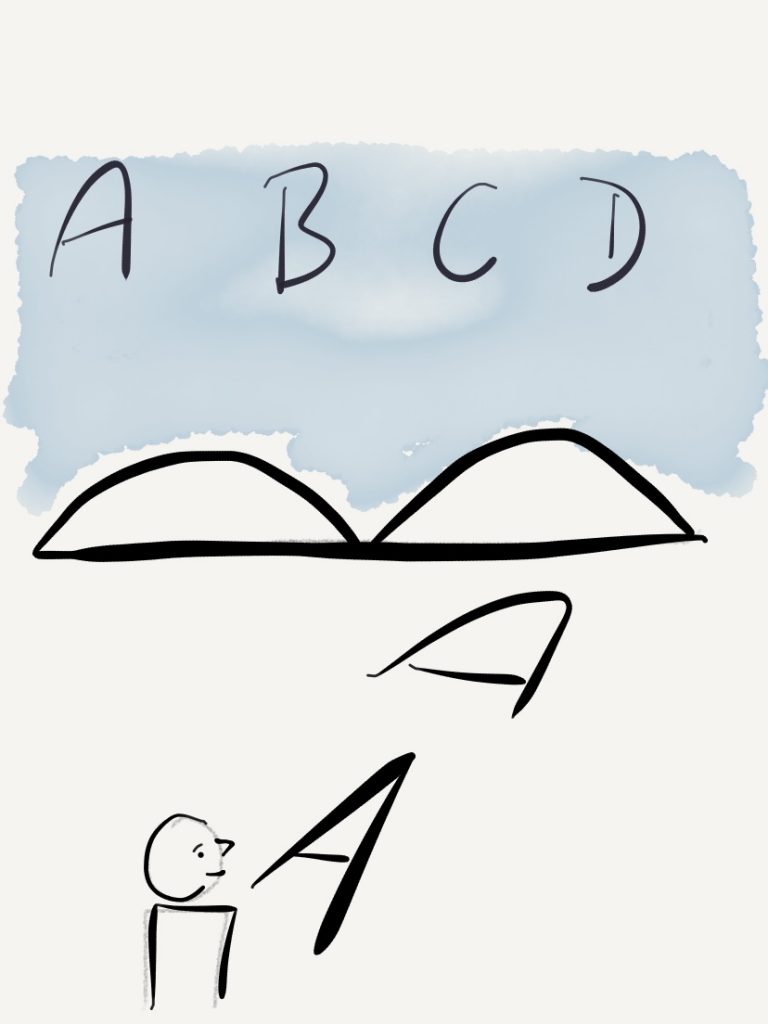
Wayfinding matters in all human journeys: digital or physical. How we each individually make maps matters. This personal sense of map-making and meaning-finding shifts as we age (allocentric to egocentric – another topic for another time).
However, this ABCD for Wayfinding may help you center designs of maps, signs and websites on how people think about journeys and their own maps.
Why people get lost very early on in journeys (alignment) and where they go when lost (boundaries) are very important when thinking about how to offer both clarity and assistance.
Maps help but understand that people both need and make multiple maps thru any journey. One map is never enough.
One comment: